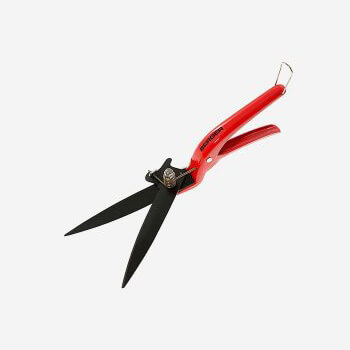Gru . 13, 2024 23:30 Back to list
api wafer type butterfly valve
Understanding API Wafer Type Butterfly Valves
The API wafer type butterfly valve is an essential component in various industrial applications, particularly in fluid control systems. This type of valve is recognized for its simplicity, efficiency, and versatility. In this article, we will delve into what APIs wafer type butterfly valves are, their construction, operational principles, advantages, applications, and relevant standards that govern their use.
What is a Wafer Type Butterfly Valve?
A wafer type butterfly valve is a quarter-turn valve that utilizes a rotating disc to control the flow of fluid. It is named 'wafer' because of its compact, thin profile, allowing it to be sandwiched between two flanges. This feature makes it an ideal choice for tight spaces and reduces the overall weight of piping systems. Butterfly valves can handle a variety of media, including water, gas, and even some corrosive substances, making them a popular choice across multiple industries.
Construction of API Wafer Type Butterfly Valves
The construction of API wafer type butterfly valves typically consists of several key components
1. Body Made from various materials depending on the application, such as cast iron, stainless steel, or plastic. The body houses the other components. 2. Disc The disc is a critical element that rotates on a shaft to open or close the valve. The shape and size of the disc influence the flow characteristics of the media.
3. Shaft The shaft connects the disc to the actuator and allows for rotation. It is designed for strength and durability to withstand operational stress.
4. Sealing Gaskets or seals are used to prevent leakages. The choice of sealing materials can affect the valve’s performance, especially under extreme temperatures or chemical exposures.
5. Actuator Depending on the required operation (manual or automated), various actuators can be fitted to control the opening and closing of the valve efficiently.
Operational Principles
The operation of a wafer type butterfly valve is based on a simple mechanism. When the actuator is engaged, it rotates the shaft, causing the disc to turn either parallel or perpendicular to the flow direction. In the open position, the disc lies flat, allowing maximum fluid flow, while in the closed position, it obstructs flow completely. This quarter-turn operation allows for quick shutting and starting of fluid flow, making it suitable for various applications, including throttling and isolation.
api wafer type butterfly valve

Advantages of API Wafer Type Butterfly Valves
1. Space Efficiency Their slim profile allows for installation in tight spaces, making them ideal for situations where conventional valves may not fit.
2. Lightweight and Durable The materials used for construction can make these valves significantly lighter than traditional valves, which is beneficial for reducing the load on piping systems.
3. Cost-Effective The simple design and fewer parts make them easier to manufacture, often resulting in lower costs for the end user.
4. Versatility They are suitable for a wide range of applications across various industries, such as water treatment, oil and gas, HVAC systems, and more.
5. Low Flow Resistance The disc design allows for minimal obstruction to fluid flow, which helps in maintaining efficient energy usage throughout the system.
Applications of API Wafer Type Butterfly Valves
API wafer type butterfly valves find uses in a plethora of applications, including
- Water Supply and Sewage Systems They manage the flow of water and wastewater in treatment plants and sewage systems. - Chemical Industry Their ability to handle corrosive materials makes them ideal for use in chemical processing plants. - HVAC Systems Used in heating, ventilation, and air conditioning systems for regulating air flow. - Power Generation They are utilized in cooling water systems and steam supply lines within power plants.
Industry Standards
The American Petroleum Institute (API) sets several standards that govern the design, manufacturing, and operational procedures for valves, including the wafer type butterfly valve. Compliance with these standards ensures that valves perform reliably and safely in demanding environments.
In conclusion, API wafer type butterfly valves play a critical role in modern industrial systems. Their design efficiency, operational simplicity, and versatility make them a preferred choice for engineers and facilities around the world. Understanding their features and applications can lead to better choices in fluid control management, resulting in enhanced operational efficiency and safety in various processes.
Share
-
Reliable Wafer Type Butterfly Valves for Every IndustryNewsJul.25,2025
-
Reliable Flow Control Begins with the Right Ball Check ValveNewsJul.25,2025
-
Precision Flow Control Starts with Quality ValvesNewsJul.25,2025
-
Industrial Flow Control ReliabilityNewsJul.25,2025
-
Engineered for Efficiency Gate Valves That Power Industrial PerformanceNewsJul.25,2025
-
Empowering Infrastructure Through Quality ManufacturingNewsJul.25,2025